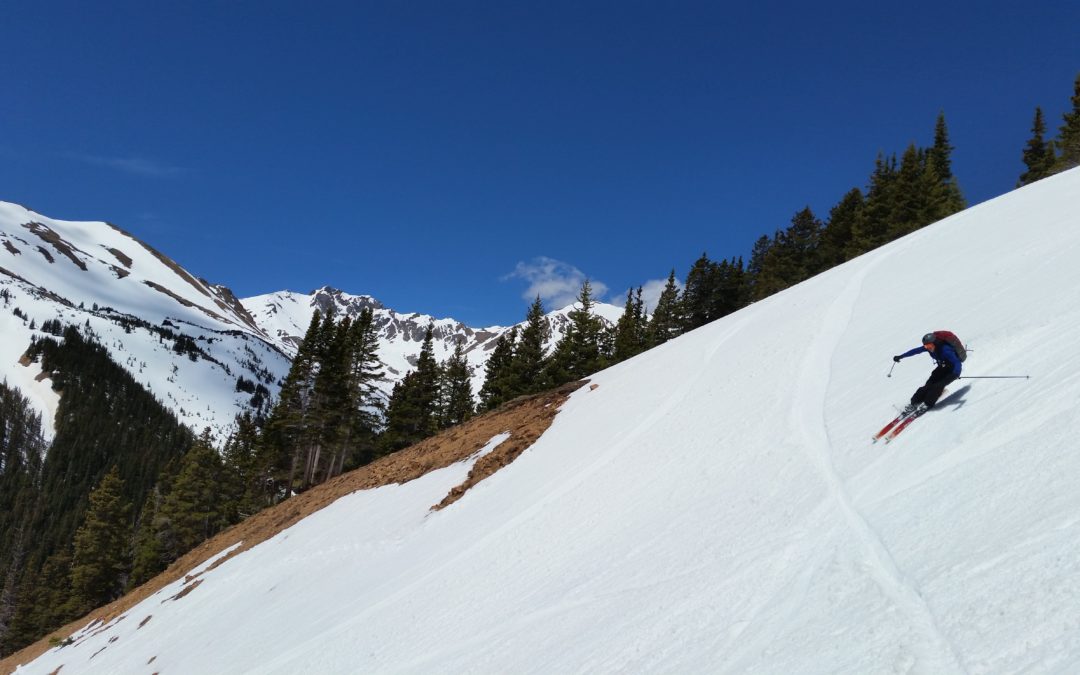You’ve probably seen countless pictures on Instagram showing seemingly average individuals chest deep in fresh powder, or maybe someone showed you an epic video of powder exploding all around a skier or snowboarder…people giggling with joy as they experience untouched slopes haunt your thoughts as you’re waiting in hours of traffic – all while the fresh snow that fell on the resort is getting tracked out by those lucky enough to have stayed overnight at the resort. As your gaze moves away from your phone and you look out the car window, past the miles and miles of brake lights, you see lines on various mountain slopes where someone just skied fresh powder and think to yourself, f—k this, I need to get out there. I need to go backcountry skiing.
How did you start out?
I was born and raised in Maryland and grew up skiing – I was even a very slow ski racer in high school (Lindsey Vonn, can we be friends!?). I moved to Colorado in 2011 and after a few years, heard about 10th Mountain Division Huts. I was lucky enough to get a spot in one and the main contact was an extremely knowledgeable, careful, and prepared gentleman (hi, Marc!) who made sure that all attendees understood that winter backcountry travel is dangerous. Almost everyone had AIARE Level 1 certifications. Sadly, I hadn’t taken the course yet (bad TJay!), but I rented a beacon, shovel, probe, and decided I was going to carry my skis and boots on my pack and snowshoe to the hut. Needless to say, it was a tiring 6-mile slog to the hut. The other people in the hut told me about what is required to safely explore the backcountry. When I got back home I immediately started to do some research.
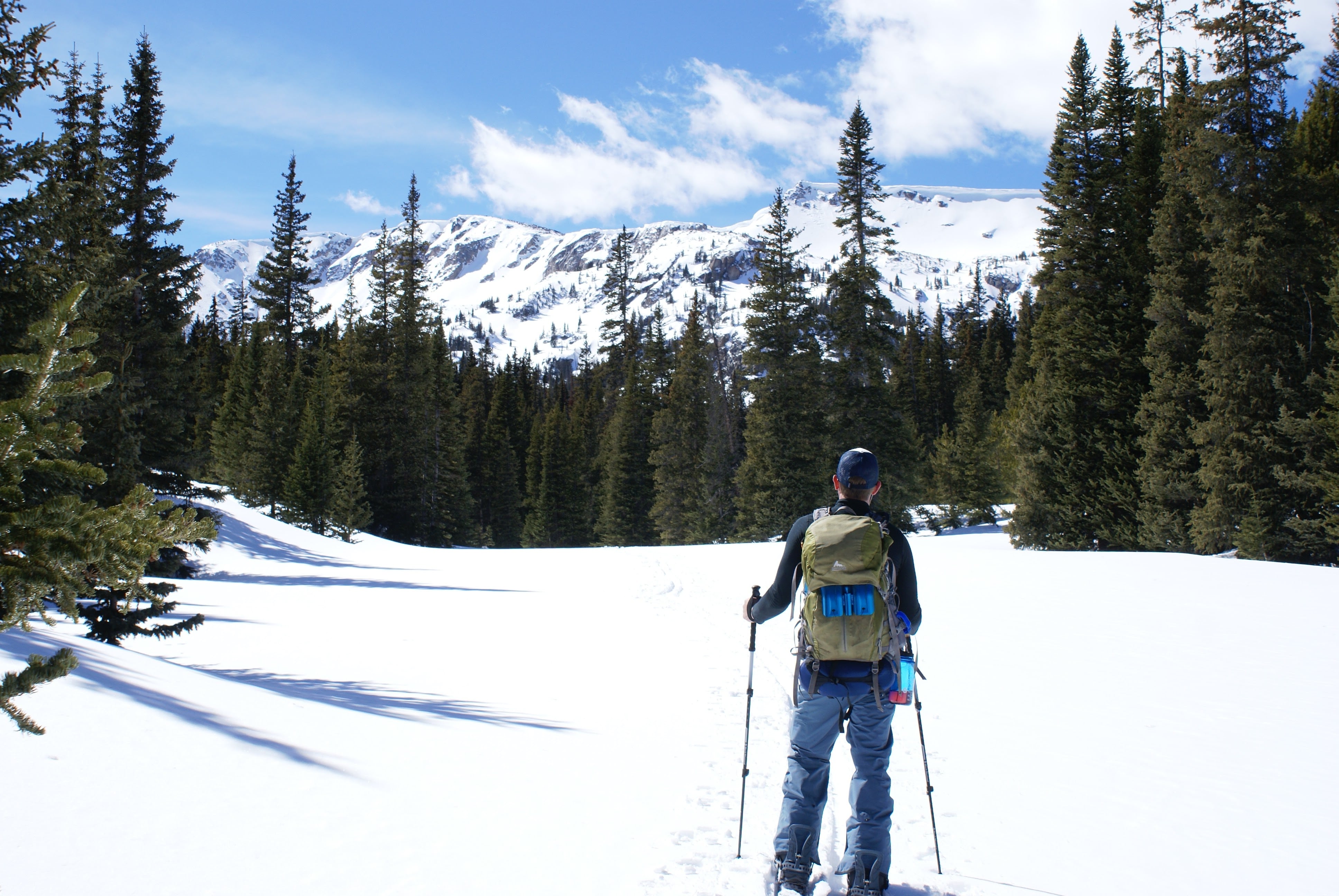
Education
First step: get educated! I applied for, and received, an AIARE scholarship through the George Dirth Memorial Scholarship Fund. George Dirth unfortunately passed away in an avalanche and his mother set up the scholarship in his memory to help ensure that other mothers don’t lose their children. If you’re able, please watch the video of George and donate to the scholarship so that more individuals may get the proper education. The 3 day AIARE Level 1 course is invaluable for understanding the snowpack, types of avalanches, decision making, and how to dig out your partner if they’re caught in an avalanche. After you get your AIARE be sure to stay updated and attend Friends of Berthoud Pass, Know Before You Go, and other informative talks.

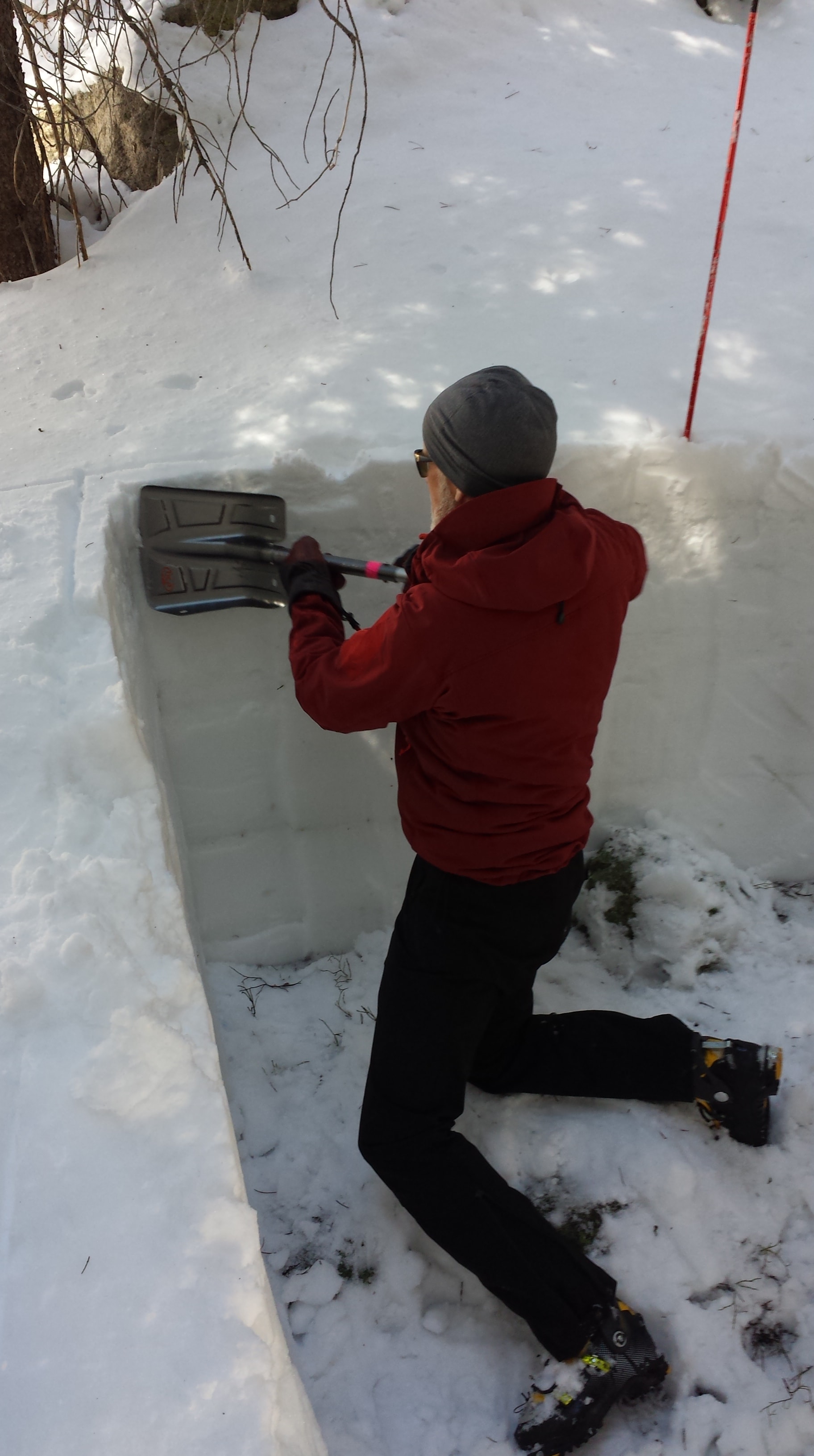
Gear
Beacon, shovel, probe, and the 10 essentials. Most importantly: know how to use the gear. Practice with it! If you’re in Colorado, there is relative ease in getting fresh tracks at a few areas close to major roads. Unfortunately this means individuals don’t carry the appropriate gear. It’s hard to stuff a shovel and probe in your jacket, so if I see someone without a backpack, I ask them if they have a beacon, shovel, and probe. If they say no, and I politely remind them that safety is sexy. Okay, maybe I don’t say that, but I do tell them that this gear keeps not just them, but more importantly, ME safe. If they cause an avalanche and I get buried, they won’t be able to find me or dig me out. My family, and my dog, would be pissed.
Preparation
You look at the weather forecast before you do pretty much anything, right? Well, if you’re in Colorado, there’s a great tool called the Colorado Avalanche Information Center (CAIC). Other states and regions have similar websites. CAIC is a free site that shows you what has happened recently and what to expect when you’re out in the backcountry. Don’t just look at this the night before you go out. It’s important to understand how the storm from 4 weeks ago will affect your day out tomorrow, so check CAIC regularly.
A Buddy…that is educated and prepared.
Yes, I sometimes love being in the mountains alone. Its unbelievably serene and you can fart without judgement. However, if you get caught in an avalanche or fall into a tree well, who will save you? Each friend in my backcountry crew has the education and gear and we trust each other with our lives – we have to and there’s no way around it.
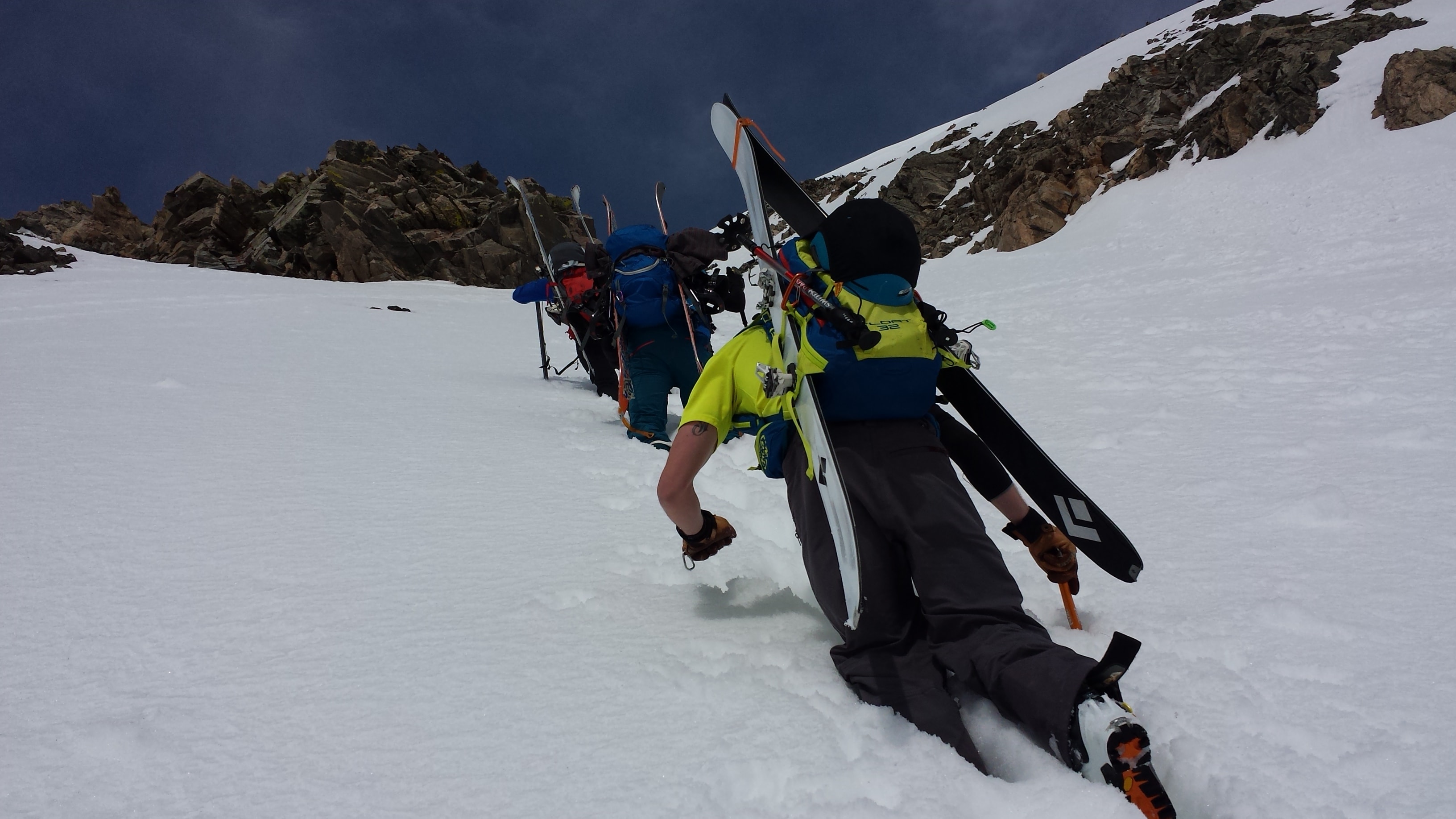
But wait, there’s more!
“Call in the next ten minutes and we’ll include…” There’s always more! This is a mere BLIP of the information you need to know to safely explore the backcountry. Follow the links that I’ve been linking to and do your research. Please, know that you are loved by lots of people (your cat/dog, too!) and they would be devastated if you were to become one of the statistics. Don’t let a beautiful slope of snow convince you to push the envelope. Live to ski or board another day. You have many more memories to make.

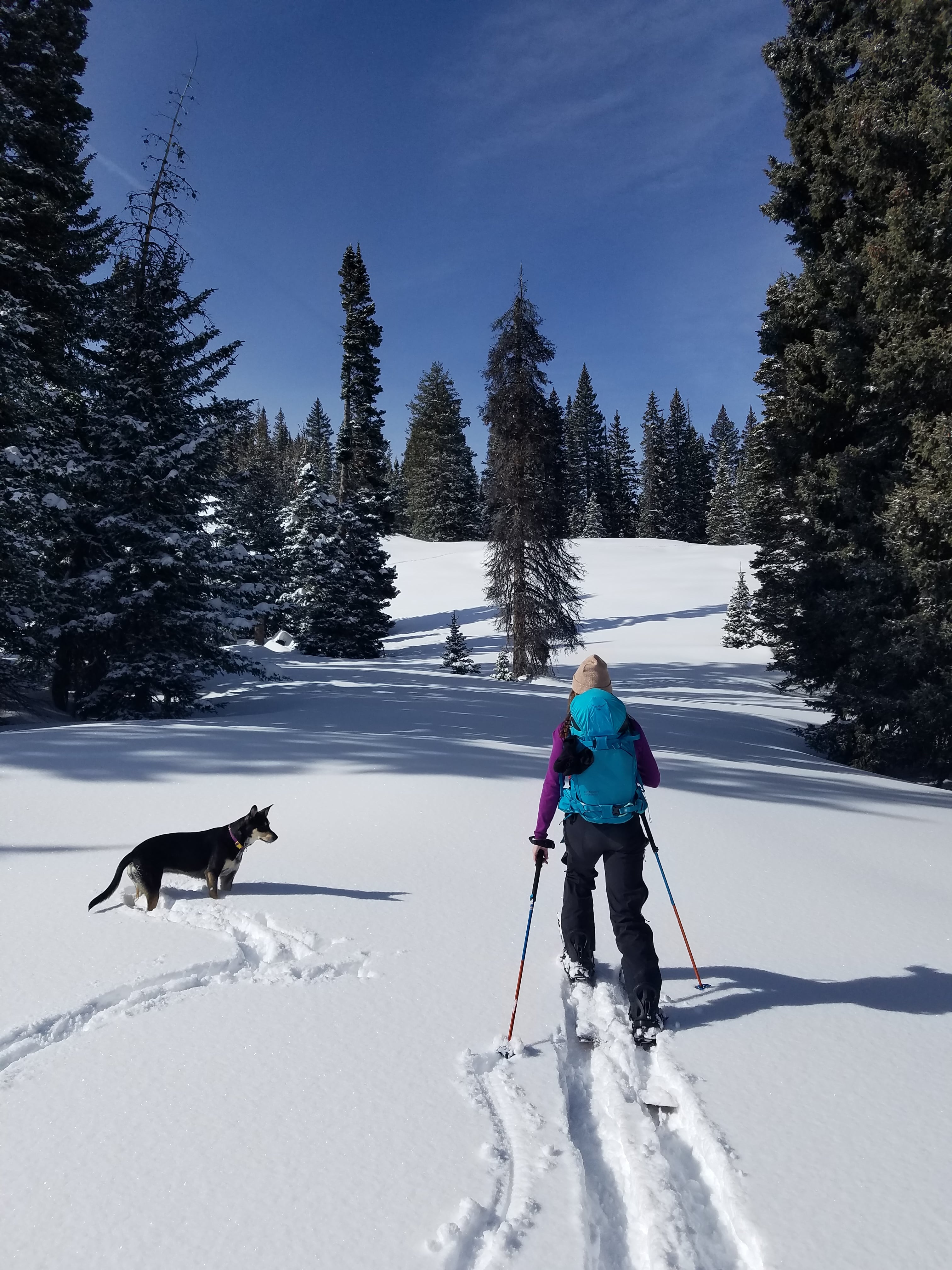
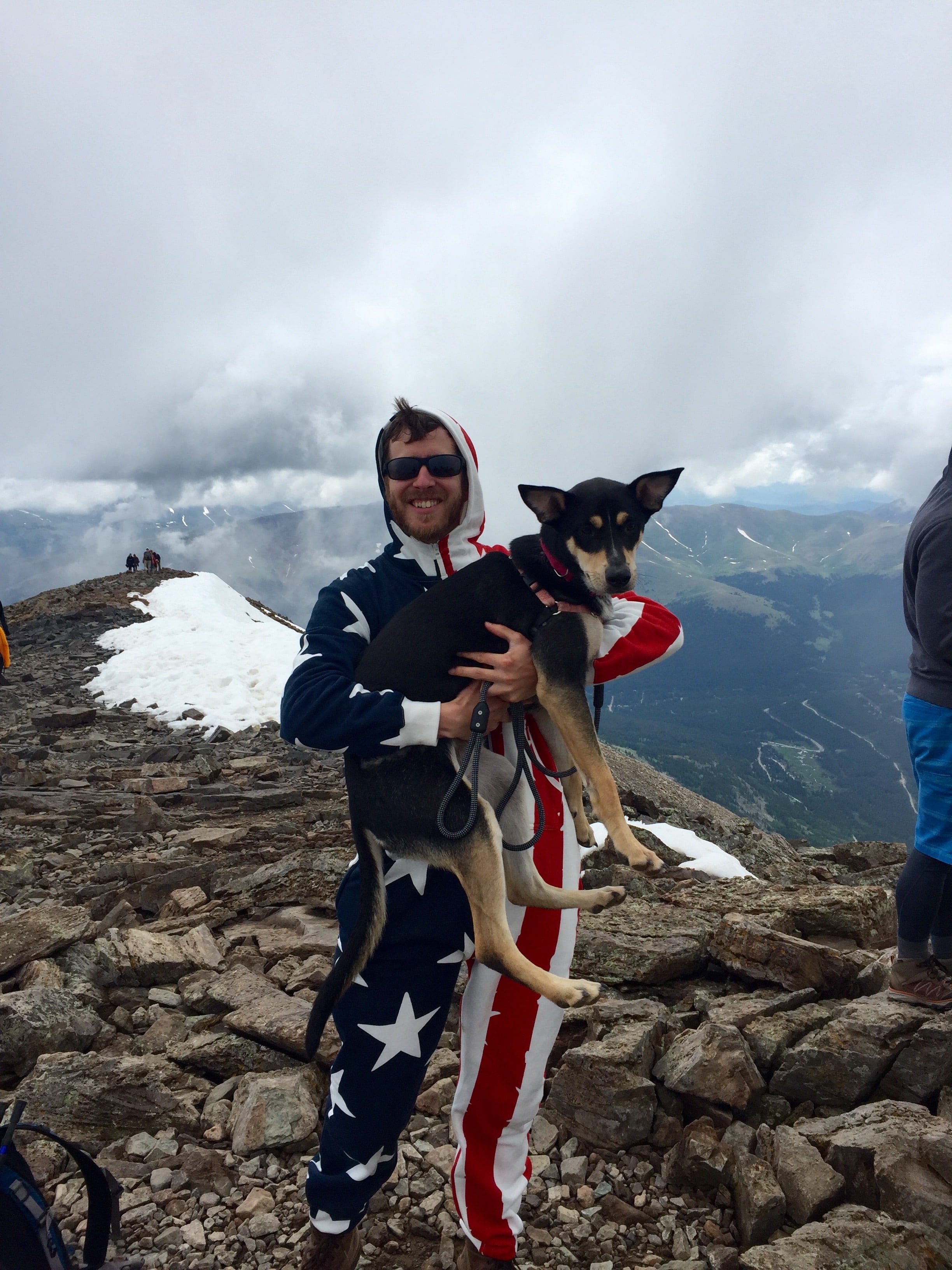
About the Author & Photographer
TJay Gerber
TJay Gerber has been enjoying all that this beautiful state has to offer ever since moving to Colorado 7 years ago. He enjoys mint chocolate chip ice cream, skiing, camping, climbing, and hiking with his fiancee and dog, and he also is a volunteer diver at the Downtown Aquarium.
Follow TJay on Instagram at @teejadventures.

